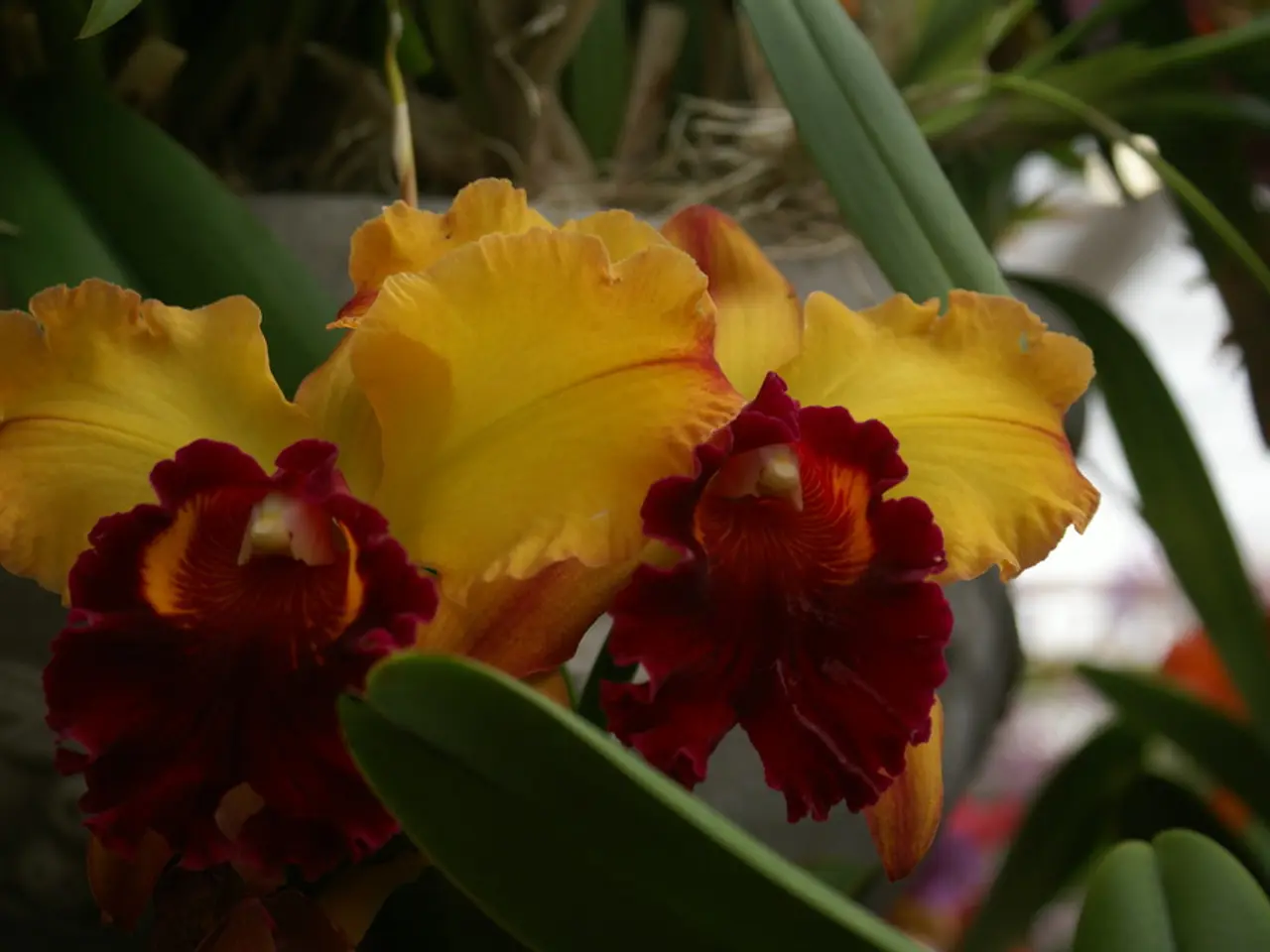Prolong the Vibrancy of Your Dianthus Blooms: Mastering Deadheading for a Flowering Frenzy
Boost Your Garden with Long-Blooming Dianthus Plants
Dianthus, often known as pinks or carnations, are versatile garden favourites that can add a splash of colour and fragrance to various settings. These hardy plants are treasured for their long blooming period and vibrant hues, making them an excellent choice for cottage gardens and mixed borders.
To encourage more flowers during the growing and flowering season, it's recommended to use a fertilizer tailored towards encouraging bloom. Continued and correct watering throughout the summer, ensuring at least six hours of sunshine a day, are essential for continued flower production.
One of the key practices for maintaining a flourishing dianthus garden is deadheading. Deadheading involves removing faded flowers to prevent plants from producing seed, allowing energy to be directed towards more flowers. This practice can help keep beds, borders, and containers looking tidy and ensure the best displays of pink bloomers for as long as possible. Failure to deadhead may slow growth and cause the plants to cease flowering sooner.
Some popular varieties known for their long bloom times include Dianthus ‘Fizzy’, which blooms from early spring to late summer, featuring fluffy flowers with jagged edges and maroon centers. Dianthus ‘Queen of Sheba’ is another long-flowering variety with a strong honey scent and intricate magenta patterned fringed petals. Mat-forming types like Dianthus gratianopolitanus ‘Bath’s Pink’ offer intermittent rebloom through summer, tolerating heat and drought well.
In addition to deadheading, selecting varieties bred for long flowering and robust reblooming can significantly extend the garden flowering season. Some hybrid annuals like Floral Lace™ White Dianthus bloom early spring through autumn under tough conditions. However, their lifespan may be limited, requiring replacement every couple of years.
To identify the longest blooming Dianthus varieties, it's essential to consider regional hardiness and cultural conditions that affect bloom duration, such as exposure to sun, water, and temperature zones. Prioritizing varieties like ‘Fizzy’, ‘Queen of Sheba’, and mat-forming species such as D. gratianopolitanus can help maximize flowering length.
In conclusion, a well-maintained dianthus garden can provide a continuous display of colour and fragrance throughout the growing season. By deadheading spent flowers, choosing varieties bred for long blooming, and providing a suitable environment, the lifespan of a dianthus flower can be extended. Smart garden care and selecting well-adapted cultivars are key to maximizing flowering length and enjoying these beautiful plants for as long as possible.
When cultivating a dianthus garden, one should consider adding varieties renowned for their long blooming periods, such as Dianthus 'Fizzy' and Dianthus 'Queen of Sheba'. Alongside proper deadheading, these selections can aid in sustaining vibrant blooms throughout the home-and-garden space, providing a lasting lifestyle enhancement with their captivating colours and fragrances.




